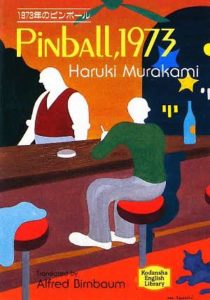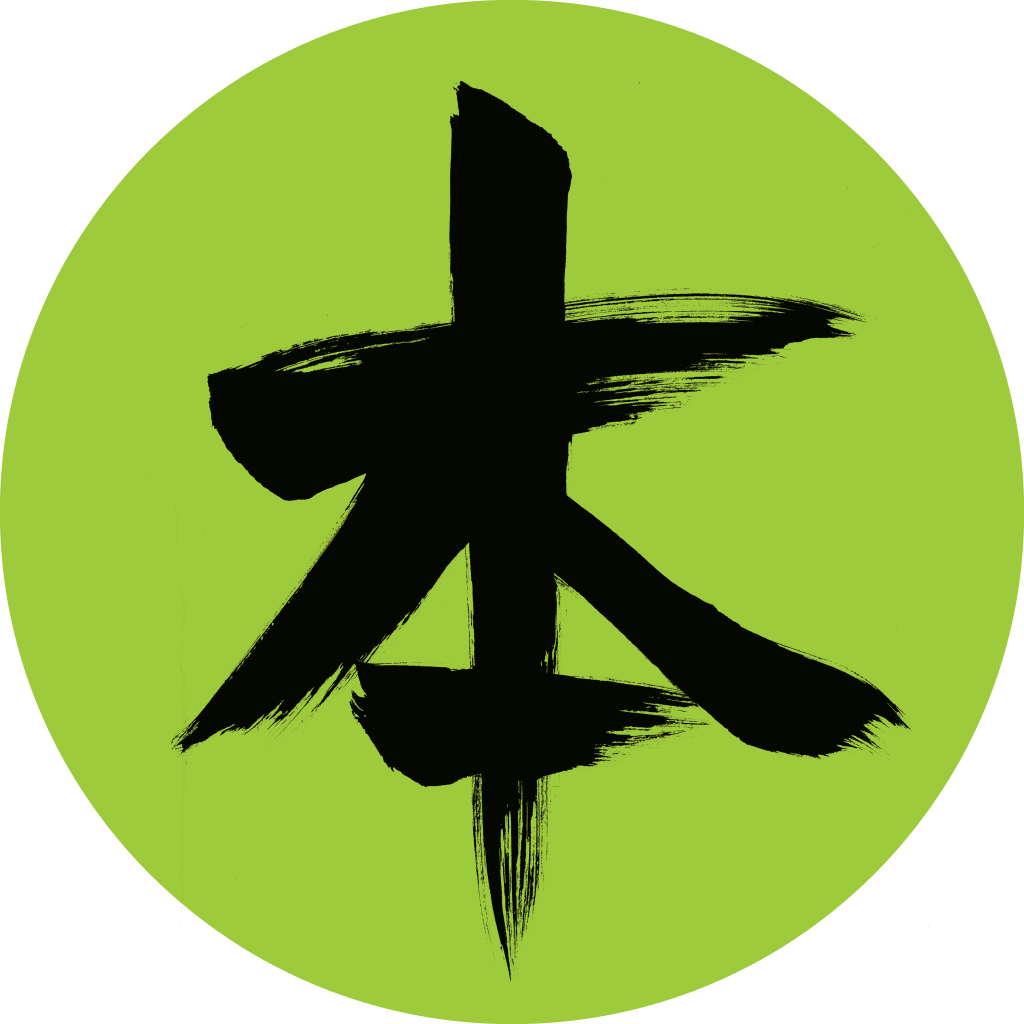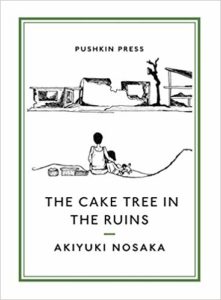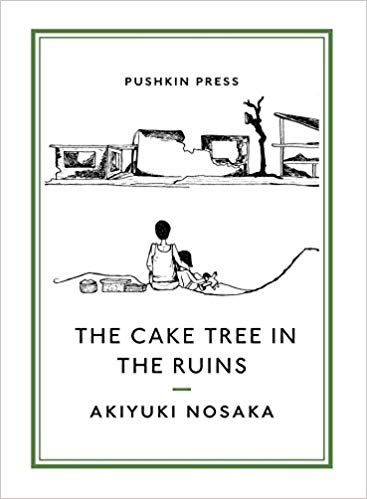
A story in the style of Murakami Haruki and his English translators One late-autumn Sunday morning when I set out into the back garden wielding the hedge trimmers, I found the well was gone. It wasn’t that I’d particularly liked the well when it had been there—it hadn’t provided us with delicious ice-cold water in More…








